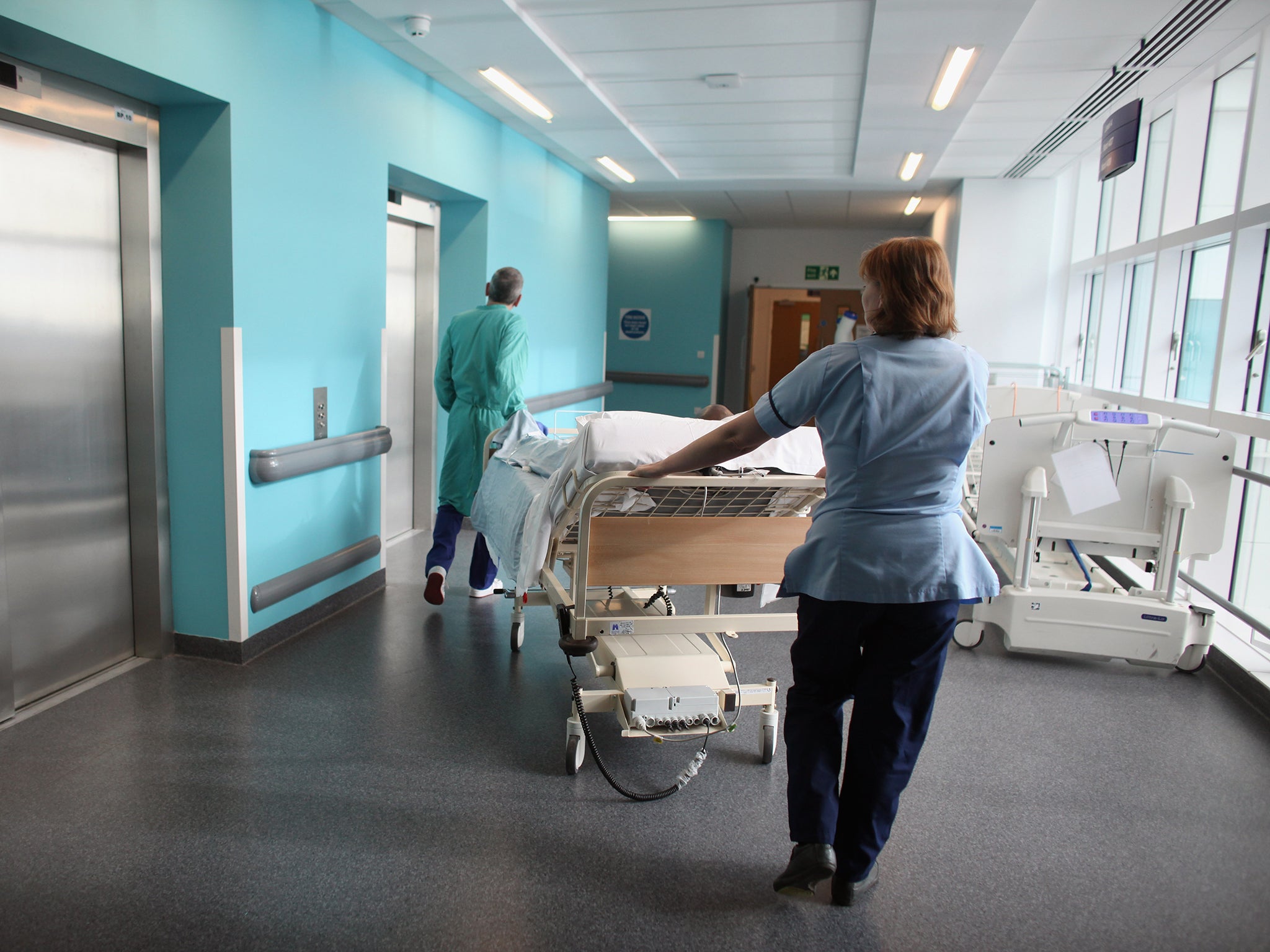Hospitals turning to 'last-resort' antibiotics as drug-resistant infections continue to rise
More people suffered a 'significant antibiotic-resistant infection' – both in hospitals and the community – between 2010 and 2014

Your support helps us to tell the story
From reproductive rights to climate change to Big Tech, The Independent is on the ground when the story is developing. Whether it's investigating the financials of Elon Musk's pro-Trump PAC or producing our latest documentary, 'The A Word', which shines a light on the American women fighting for reproductive rights, we know how important it is to parse out the facts from the messaging.
At such a critical moment in US history, we need reporters on the ground. Your donation allows us to keep sending journalists to speak to both sides of the story.
The Independent is trusted by Americans across the entire political spectrum. And unlike many other quality news outlets, we choose not to lock Americans out of our reporting and analysis with paywalls. We believe quality journalism should be available to everyone, paid for by those who can afford it.
Your support makes all the difference.Hospitals are increasingly turning to “last-resort” antibiotics as the number of drug-resistant infections continues to rise.
More people suffered a “significant antibiotic-resistant infection” – both in hospitals and the community – between 2010 and 2014, a new report from Public Health England (PHE) shows.

Rates of bloodstream infections caused by E. coli jumped 15.6 per cent and Klebsiella pneumoniae increased by 20.8 per cent from 2010 to 2014.
E. coli can cause severe stomach cramps, vomiting and diarrhoea that may be bloody, and in serious cases can lead to kidney failure and death. Klebsiella pneumoniae causes urinary-tract infections and pneumonia but can also lead to blood poisoning.
While overall resistance to key antibiotics used to treat infections has remained constant in E. coli, the fact there are more bloodstream infections means more people have suffered a significant antibiotic-resistant infection.
Most antibiotics are prescribed in GP surgeries (74 per cent) while hospitals account for 18 per cent of all antibiotic prescribing. Hospitals use more broad-spectrum antibiotics, which are effective against a wide range of bacteria – and the report showed that the use of these drugs rose significantly between 2010 and 2014. The use of carbapenems and piperacillin/tazobactam – regarded as “last-resort” antibiotics – increased by 36 per cent and 55 per cent, respectively, over the period, although the rate of increase is slowing.
Overall, prescribing to hospital inpatients increased “significantly” by 11.7 per cent and to hospital outpatients by 8.5 per cent between 2011 and 2014.
Dr Mike Durkin, NHS England’s director of patient safety, said: “As one of the largest healthcare providers in the world, it is vital the NHS is seen to lead that fight against the global problem of antimicrobial resistance so these immensely important medicines can be preserved for now and future generations.”
Join our commenting forum
Join thought-provoking conversations, follow other Independent readers and see their replies
Comments